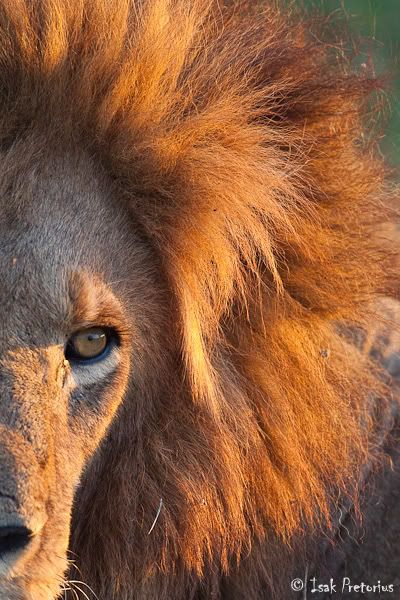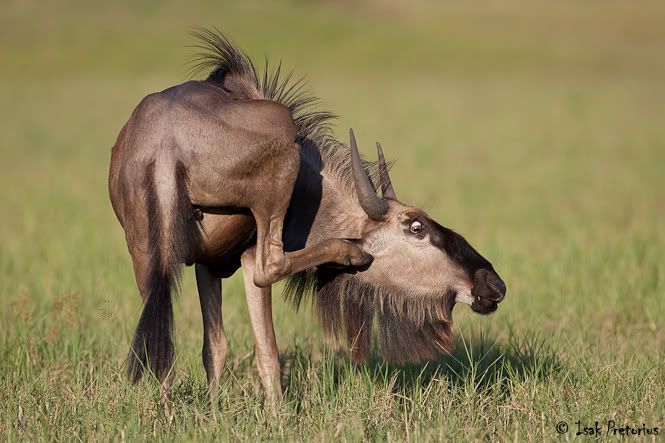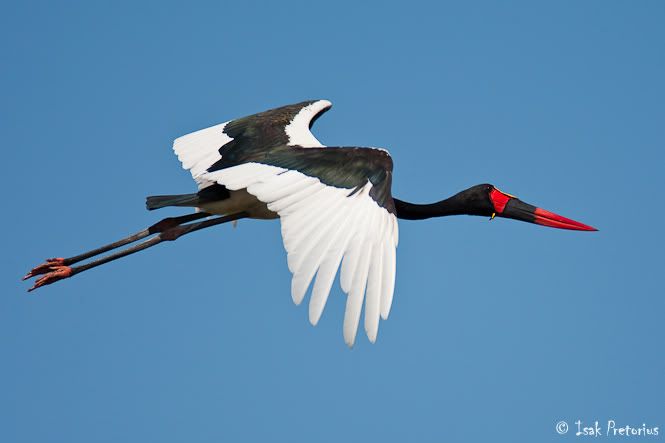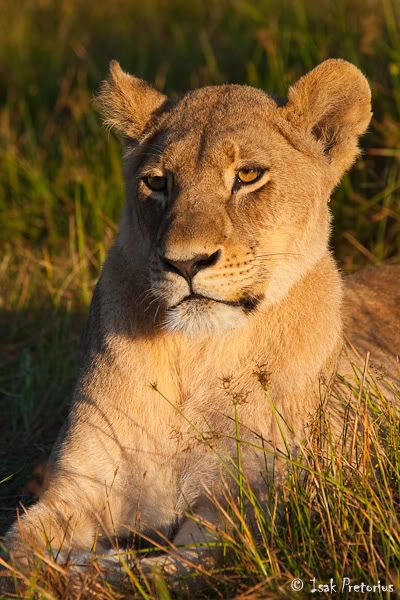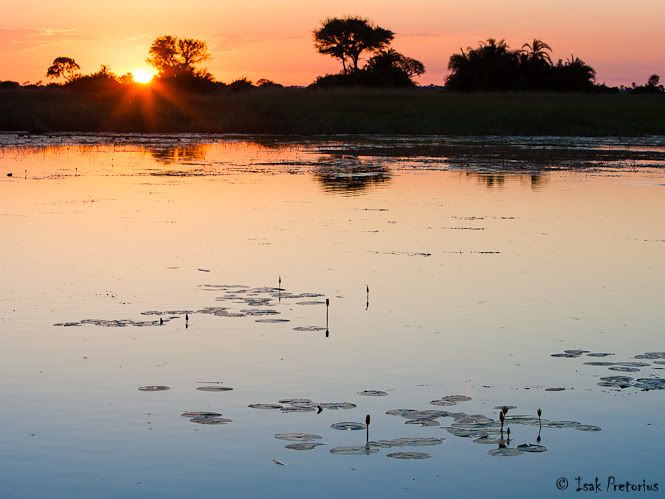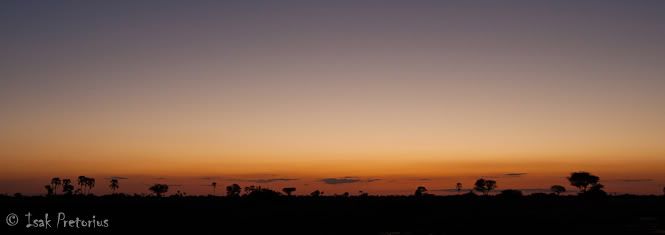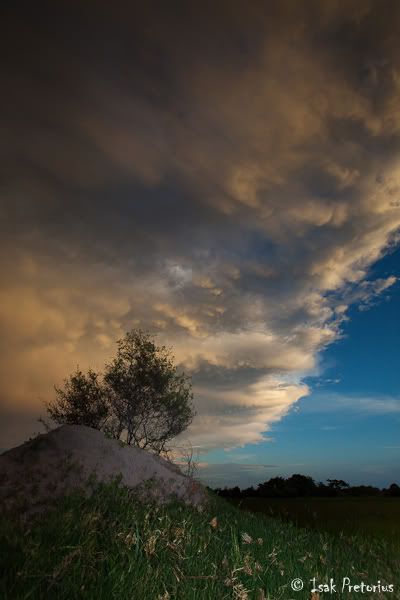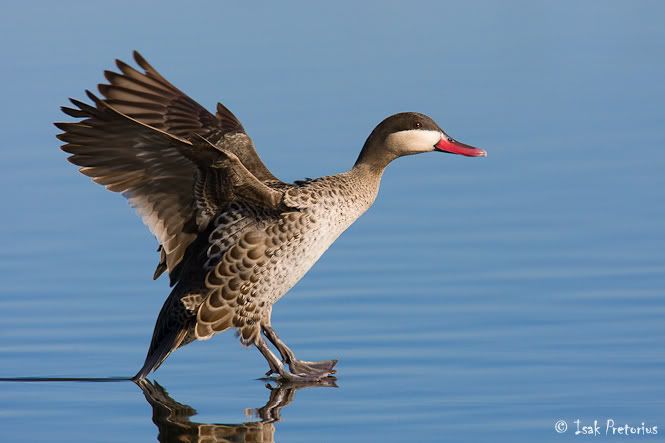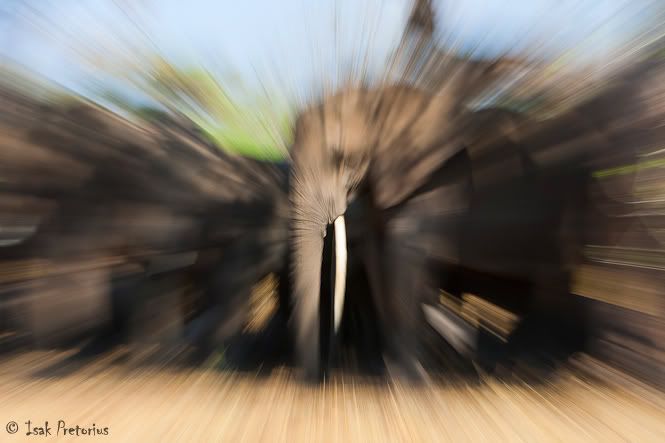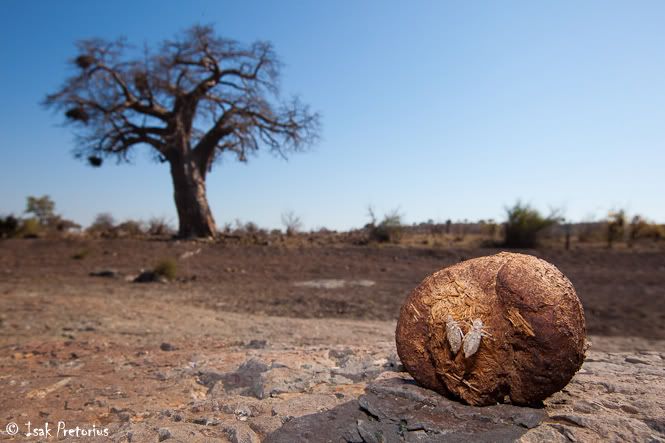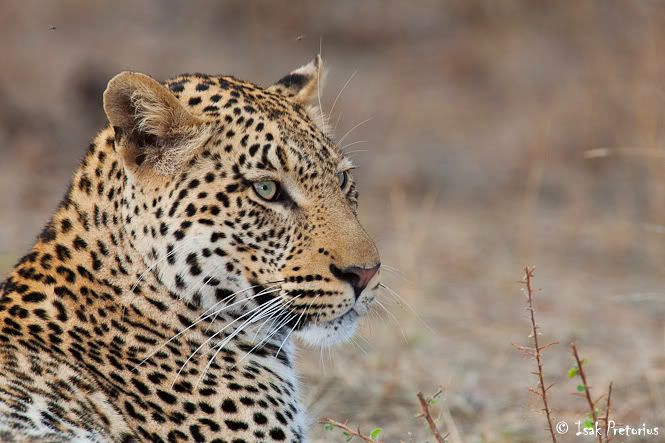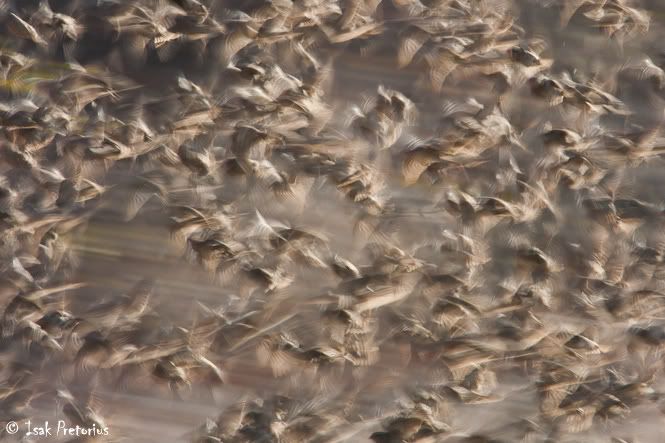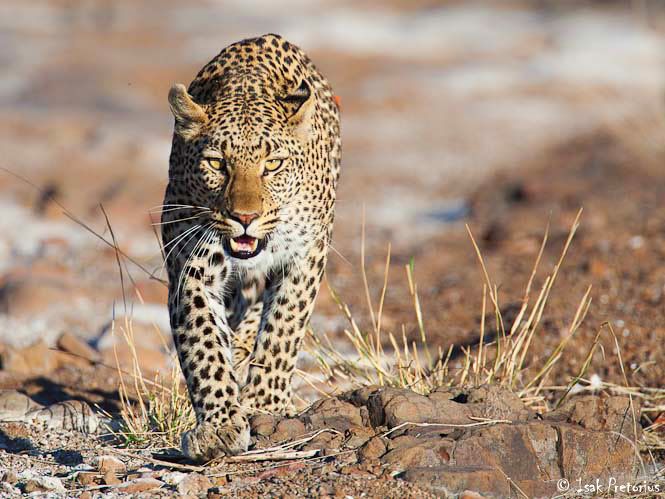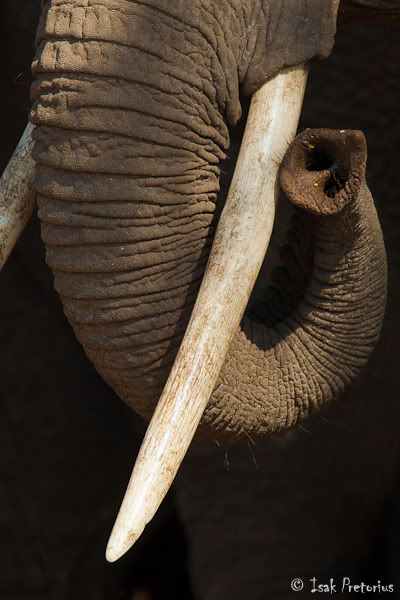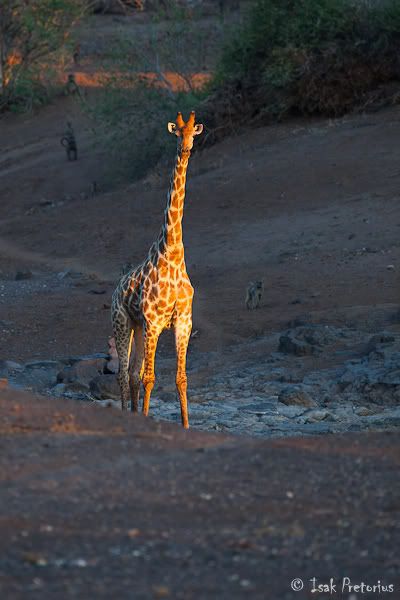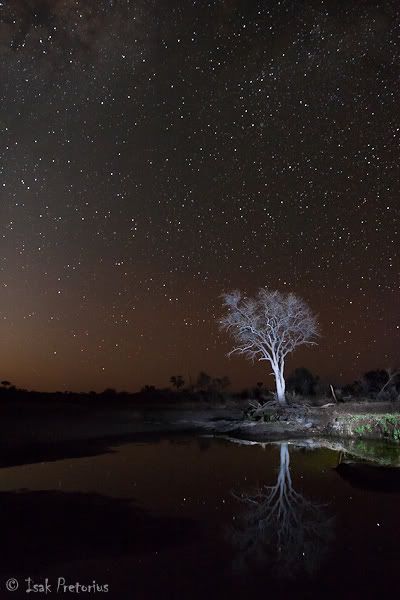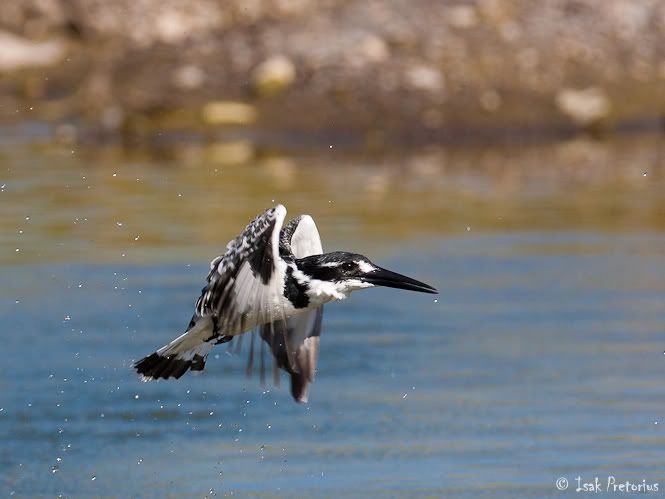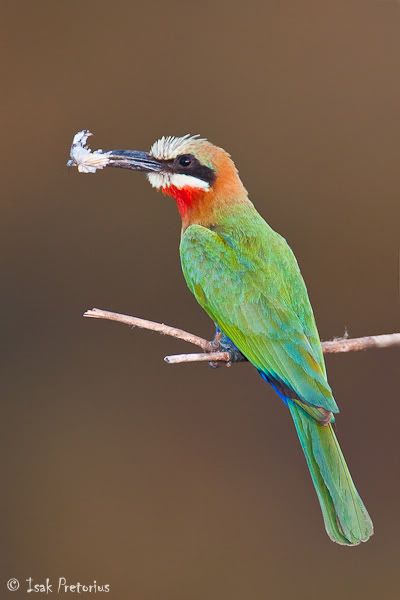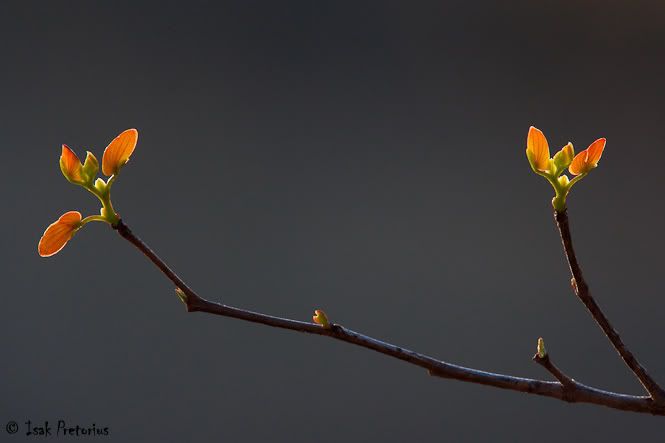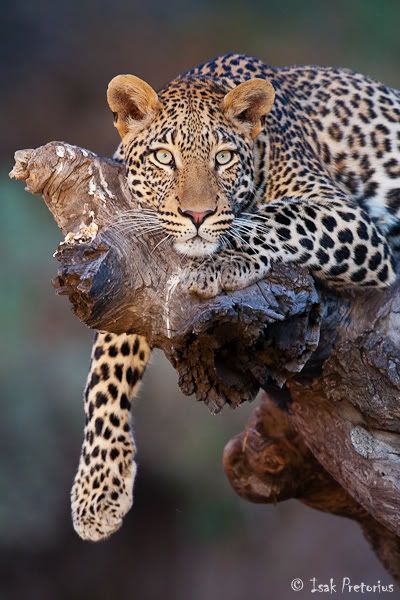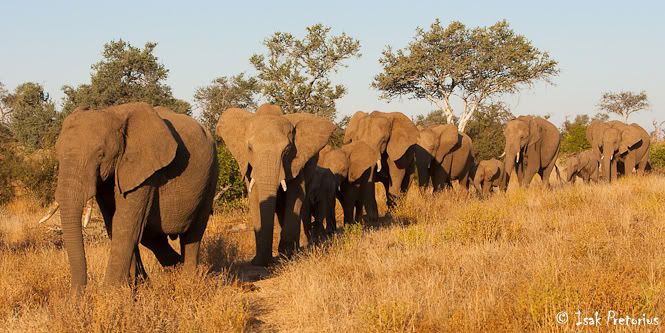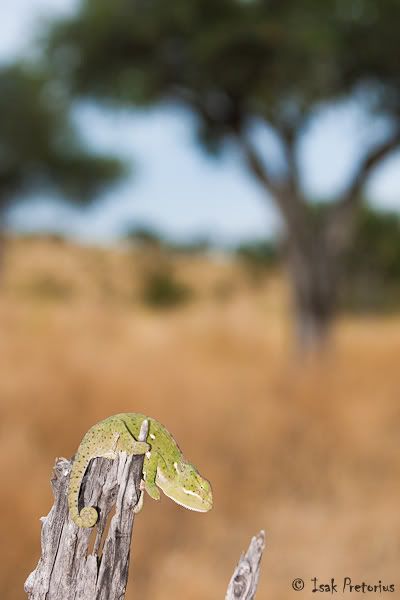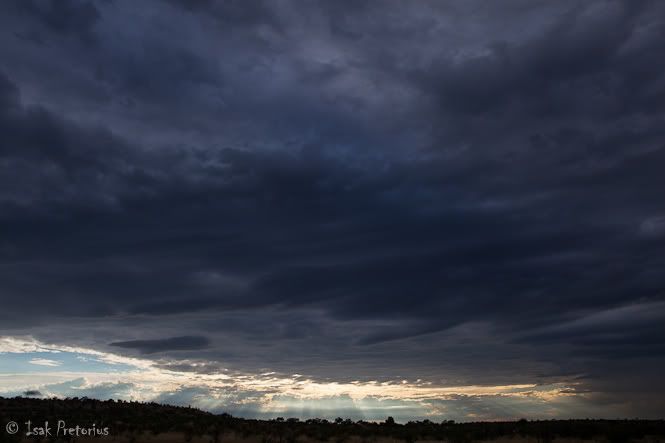King of beasts
Okavango Delta, Botswana
Canon 5D Mark II | 600mmf/4 | 1/400 sec at f/8, ISO 2000
We were looking forward to sunny weather and good photography. Chief’s Camp is located on Chief’s Island on the edge of a large floodplain hidden away between beautiful Jackalberry and Sausage tree woodland. The lounge, dining room, bar and pool are situated on a large wooden deck overlooking the floodplain and became our general meeting area for the next few days doing everything from our afternoon photo workshops, eating, relaxing and talking photography while watching nature unfold in front of us. Growing up amongst the animals in the surrounding areas, our guides Ali and Ishmael were masters of predicting animal behaviour and locating our photographic subjects. They had obviously dealt with many photographers before and knew exactly how to position the vehicle for us to get the perfect shot. Chief’s Camp is also different from anything we’ve experienced before in that they’ve modified their vehicles for driving through water. A lifted suspension and snorkel did the trick but occasionally we had to lift our camera bags and feet off the floor during the deeper crossings. Twice during the safari we had water over the floor of the vehicle that drained away quickly once we got through. Apart from the thrilling sightings this added some additional exhilaration.
The itch
Okavango Delta, Botswana
Canon 5D Mark II | 600mmf/4 | 1/500 sec at f/5, ISO 100
Wildebeest
Okavango Delta, Botswana
Canon 5D Mark II | 600mmf/4 | 1/80 sec at f/8, ISO 2000
The game drives took us onto both the floodplains as well as the higher dry areas of Chief’s Island itself. It provided typical Okavango Delta scenery of wide open plains with grazing herds of animals and islands of woodland vegetation and palm trees. Game viewing and photography were excellent with numerous sightings of lion, leopard, huge herds of buffalo, elephant, lechwe and the other general game like zebra, wildebeest and giraffe to name but a few. The Delta is of course also a bird paradise that provided us with terrific photographic opportunities of many “specials” like wattled crane and slaty egrets. The water level on the floodplains was dropping quickly, leaving behind numerous pools with trapped fish. We came across a number of pools with hundreds of yellow-billed storks, marabou storks, hamerkop, and egrets all trying to make the most of the fish’s misfortune. One afternoon we did the makoro experience where you get close encounters with birds and some of the Delta’s smaller subject while gliding quietly over the water.
Little egret
Okavango Delta, Botswana
Canon 1D Mark III | 600mmf/4 | 1/2500 sec at f/7.1, ISO 400
Saddle-billed stork in flight
Okavango Delta, Botswana
Canon 1D Mark III | 600mmf/4 + 1.4tc | 1/2000 sec at f/5.6, ISO 200
Each day usually starts with a wakeup call from staff who also brought us coffee in bed. This is followed by a light breakfast, morning drive and early lunch after which there were time for relaxation. The afternoons were spent doing the photography workshops that included lectures on light, composition, technique, digital workflow and processing. Afternoon tea and game drive followed, after which we had time for relaxing drinks and dinner.
Leopard kill
Okavango Delta, Botswana
Canon 1D Mark III | 70-200mmf/2.8 | 1/125 sec at f/5.6, ISO 800
This safari would definitely be remembered for a spectacular late afternoon fast moving thunderstorm on our last afternoon drive, and a sighting where a black-backed jackal had killed a baby impala. As a natural history sighting this was very special, though gruesome at times. It was an opportunistic kill by the jackal of a few day old impala amongst a large herd of impala. I will also never forget the water crossings that we did with the game viewing vehicles. In areas better suited for makoros than vehicles we made our way through the water en route to the sightings. In one particular incident, our guide Ishmael were driving over a dry area of the floodplain when he spotted some lions in the distance. At that specific place we had a deep water filled deception between us and the lions and it would have taken us too long to drive around and through the water at the shallower regular crossing on the other end to get to the lions. Ishmael asked me if I think we should attempt to drive to the lions straight from there through the deep water. Not knowing what difference my opinion would make anyway, I think I was more curious than anything else to see how his attempt would unfold. I told Ishmael to go for it. Amazingly with water high over the bonnet of the vehicle and tyres gripping slowly but surely at the sandy bottom, we made it through and were rewarded with great photography of the lions and then lechwe running through the water.
Rulers of the land
Okavango Delta, Botswana
Canon 1D Mark III | 70-200mmf/2.8 + 1.4tc | 1/500 sec at f/8, ISO 400
Chief’s Camp delivered the magic of the Okavango Delta in many ways. During our last evening we showed a presentation of the top images from the safari from every guest. It was wonderful to see everyone’s own interpretation of the last few days and how the different photographic techniques we taught got put into practice with great success. It was sad to leave the island and although the flight back to Maun over the Delta was something to look forward to, it was of little comfort. We all wanted to visit Chief’s Island again soon!
A giant of the Okavango Delta
Okavango Delta, Botswana
Canon 1D Mark III | 70-200mmf/2.8 | 1/320 sec at f/8, ISO 100
Last light on the marshes
Okavango Delta, Botswana
Canon 1D Mark III | 70-200mmf/2.8 | 1/30 sec at f/11, ISO 100
Thanks Charl, Semma and the rest of the staff for making this a trip of a lifetime.
Sunset over the Okavango Delta
Okavango Delta, Botswana
Canon 1D Mark III | 16-35mmf/2.8 | 1/50 sec at f/8, ISO 800
Day's end
Okavango Delta, Botswana
Canon 5D Mark II | 16-35mmf/2.8 | 1/400 sec at f/8, ISO 400

